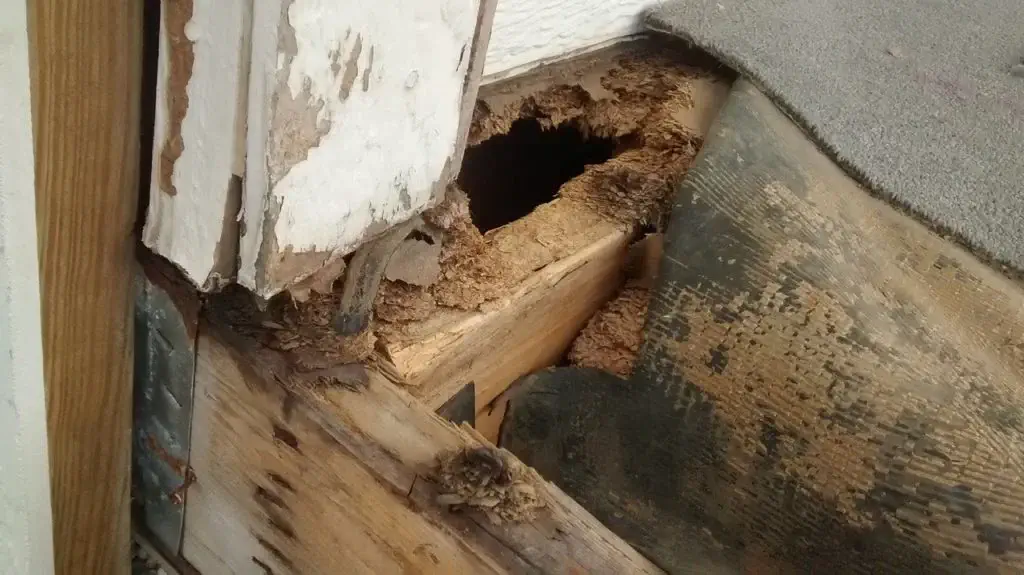Dealing with Wood Rot: Smart DIY Tips or Expert Help for Lasting Repairs
Wood rot is a serious issue that can compromise the structure and safety of your home. Addressing it promptly is essential to prevent further damage and costly repairs down the road. In previous blogs, we’ve covered how to detect wood rot and why it’s important to address it early. In this post, we’ll focus on how to assess the damage and when it’s appropriate to tackle repairs yourself and when it’s best to call in the professionals for a more thorough solution.
How to Assess Wood Rot Damage
When dealing with wood rot, it’s essential to evaluate the extent of the damage to determine the best approach for repairs. If caught early, surface-level rot can often be managed with DIY methods, while deeper structural issues may require professional help.
Surface-Level Rot vs. Structural Damage
Dealing with wood rot depends on the extent of the damage. Surface-level rot affects only the outer layers of wood, which can typically be treated with DIY methods. However, if the rot extends into structural components like framing or support beams, it becomes more serious, and professional intervention is necessary to ensure the integrity of the structure.
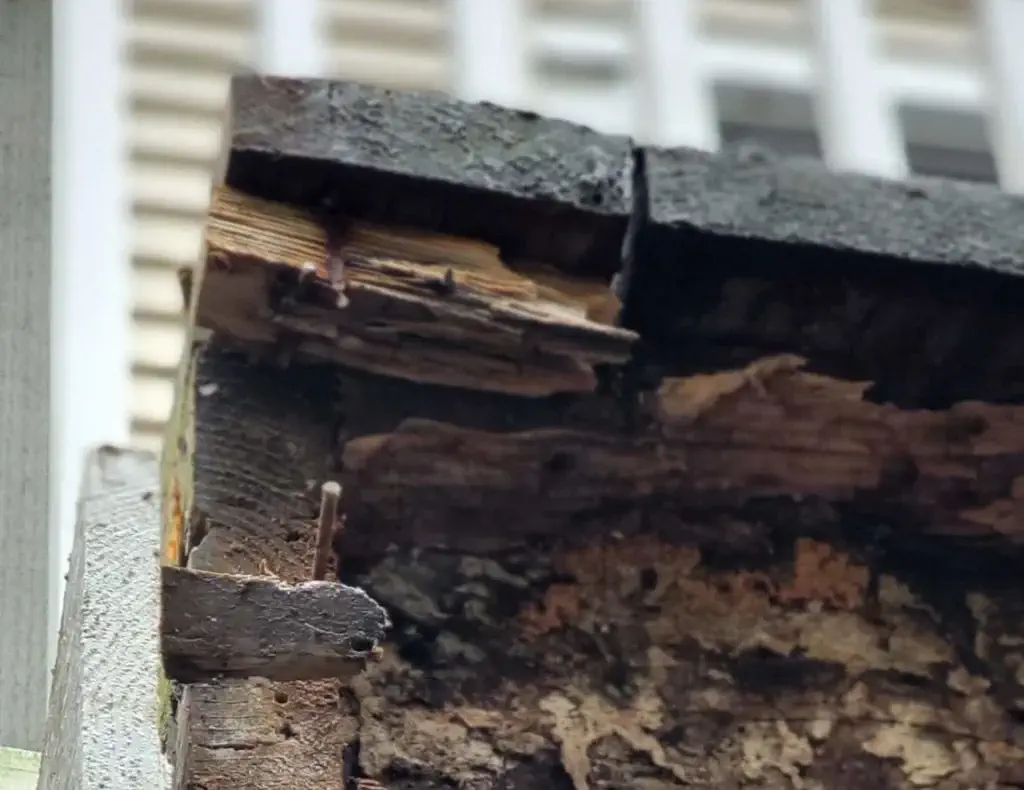
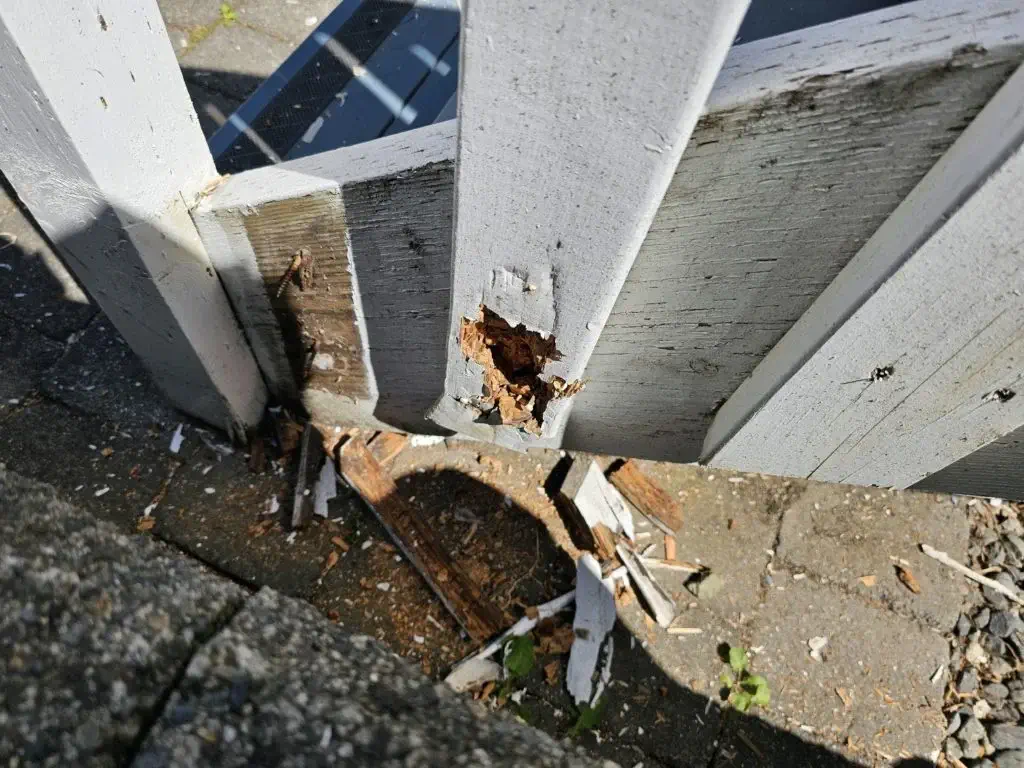
Key Indicators of Wood Rot Spread
To assess whether the rot is confined to a small area or has spread to more significant sections, look for the following signs:
- Soft, spongy wood: This often indicates rot and may be easily scraped away.
- Discoloration: Dark or yellowish patches are common signs of wood rot.
- Musty smell: A damp, moldy smell is a typical indicator of advanced wood rot.
If you notice that the rot has spread to vital structural components like beams or support posts, it’s important to act quickly to prevent further damage. For more detailed guidance on dealing with wood rot, check out our previous blog, “Wood Rot Prevention: How to Detect, Repair, and Protect Your Home“.
When to DIY
Small, Surface-Level Rot
If the damage is limited to a small area, such as a small piece of trim or a section of siding, it may be something you can handle yourself. Dealing with wood rot in these situations is straightforward and can be a manageable DIY project with the right tools and materials.
Simple Repairs
For minor repairs, such as filling small holes or replacing a damaged piece of wood, DIY can be a cost-effective and rewarding solution. By addressing wood rot early, you can prevent it from spreading and causing more significant damage. Small repairs are often manageable with basic skills, making it a great opportunity to save on costs while improving your home.
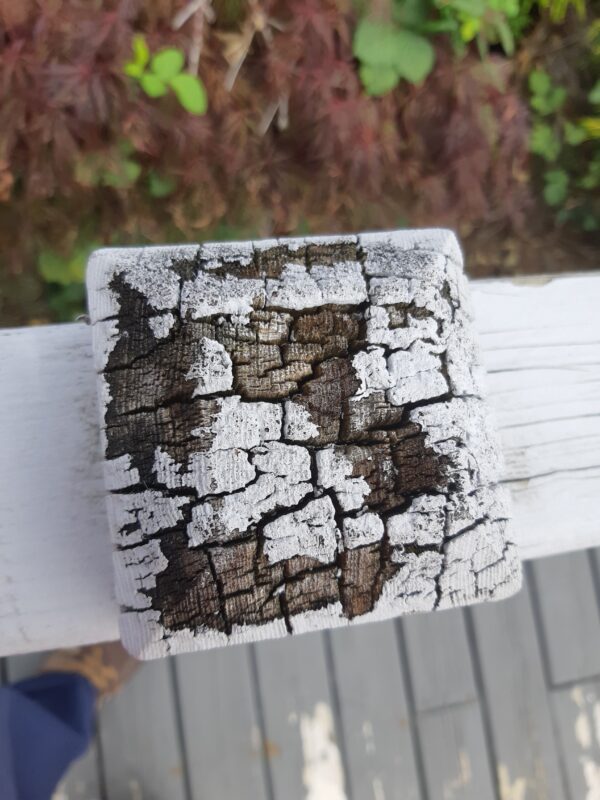
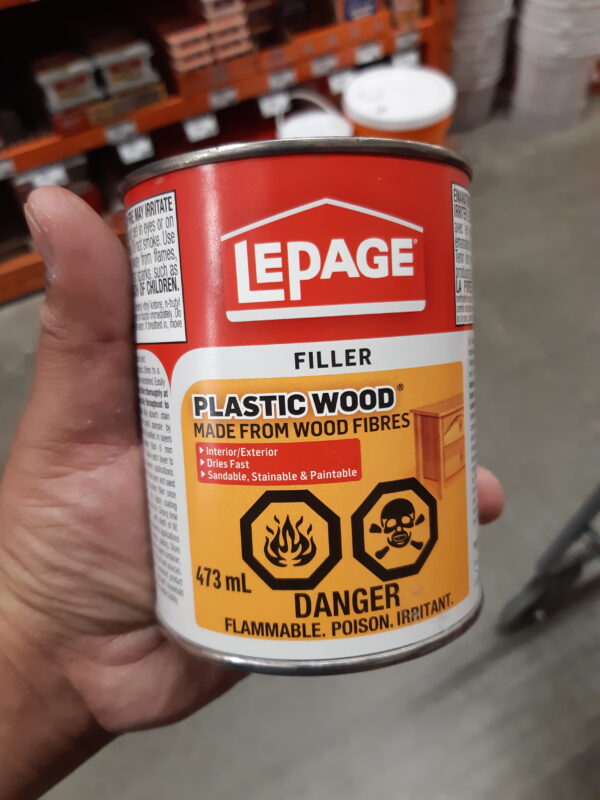
Tools & Materials
Here’s a list of tools and materials typically required for dealing with wood rot in DIY projects:
- Wood Filler: For filling small holes and cracks in the wood.
- Wood Hardener: To strengthen and restore weakened wood fibers.
- Sealants: To prevent moisture from seeping into the wood and causing further rot.
- Sandpaper: For smoothing out rough spots after repairs.
- Paint or Stain: To seal and protect the wood once the repair is complete.
When to Call the Professionals
Extensive Rot
If the damage is widespread or structural, such as rotting beams, joists, or load-bearing sections, it’s crucial to call a professional. Dealing with wood rot in these cases requires specialized knowledge and skills to ensure the safety and structural integrity of your home.
Safety Concerns
Attempting to repair significant structural damage without the proper knowledge, tools, or experience can lead to serious safety risks. If dealing with wood rot has compromised load-bearing elements or key support structures, it’s vital to leave the repair to professionals who are trained to handle these issues safely.
Specialized Repairs
For complicated repairs, such as replacing framing or ensuring the integrity of the building’s structure, professionals have the expertise to ensure the work is done correctly and up to code. Dealing with wood rot in structural areas requires careful planning and execution, something best left to experts who can manage the complexity of the task.
Professional Inspection
Even if the rot doesn’t seem extensive, it’s important to call in a professional for an inspection if you’re unsure of the extent of the damage. A professional assessment ensures that all affected areas are identified and treated, preventing further damage and future costly repairs.
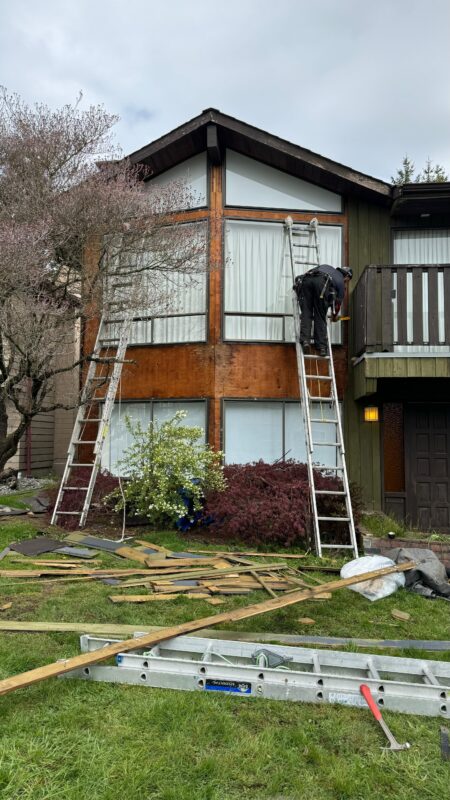
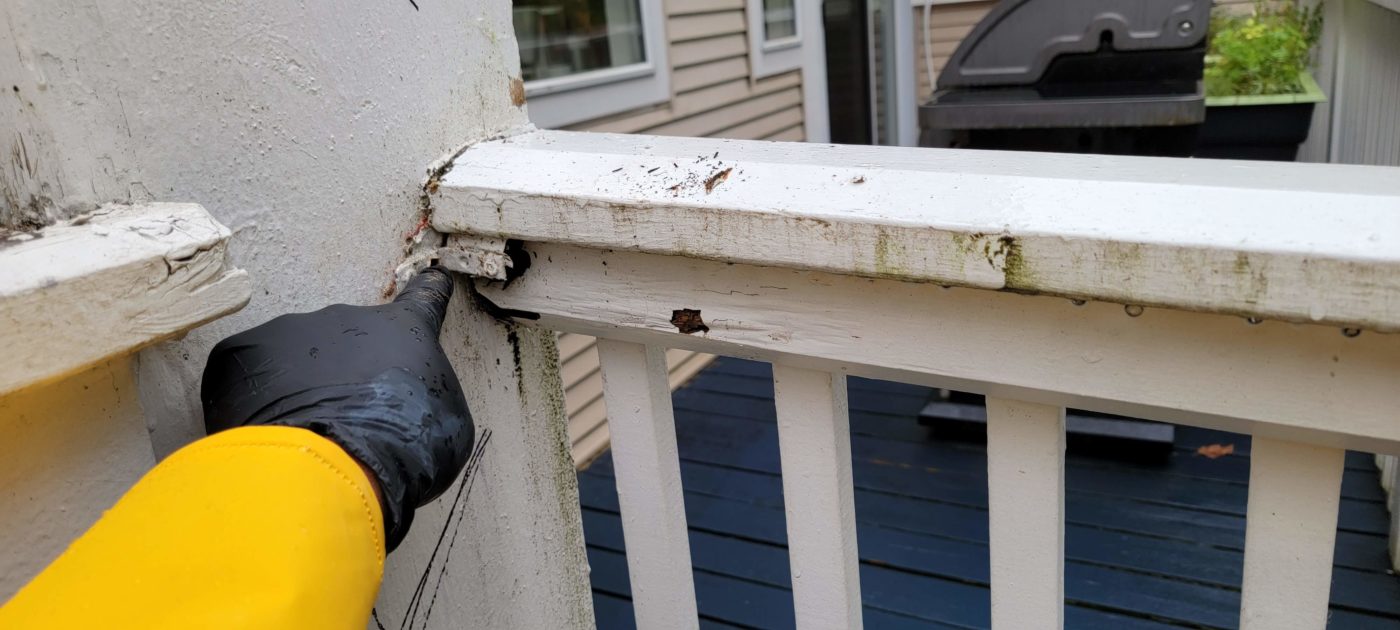
Making Informed Decisions About Repair Methods
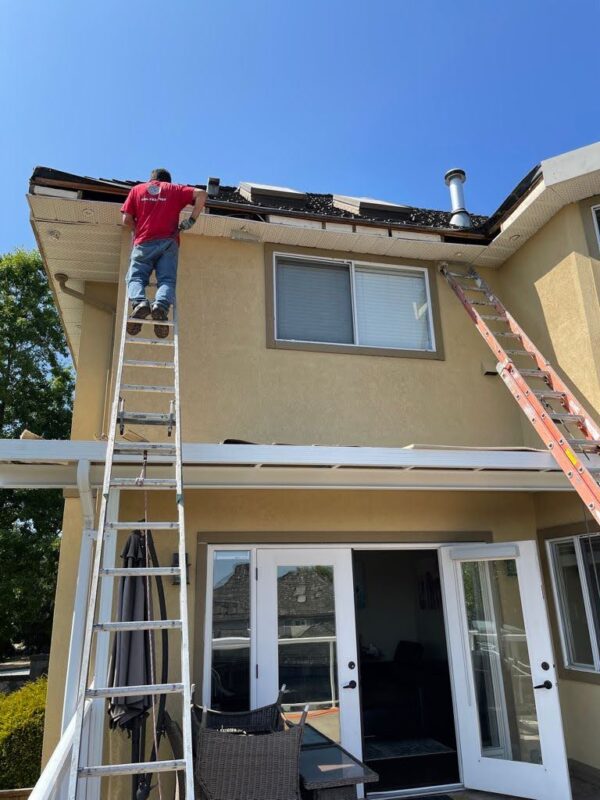
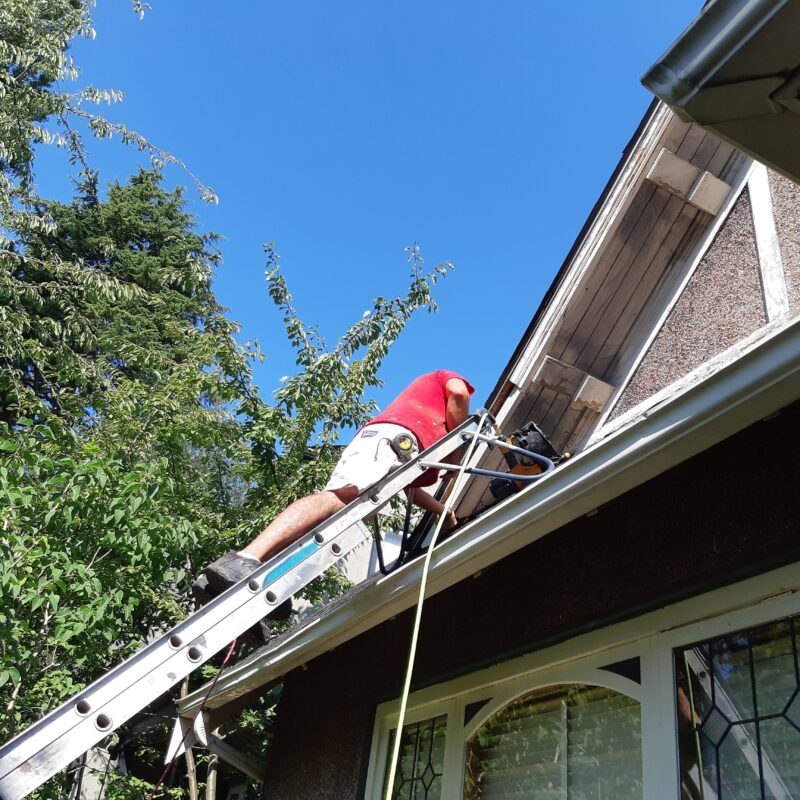
Cost vs. Value
When dealing with wood rot, it’s essential to weigh the financial aspects of DIY repairs against professional services. While DIY might appear more affordable initially, improper repairs can lead to more significant issues and higher costs over time. Professional repairs may save you money in the long run by ensuring the job is done correctly and the damage is fully addressed.
Time Considerations
DIY projects can be time-consuming, especially for extensive or complex repairs. Professionals, equipped with the necessary tools and experience, can often complete repairs more efficiently, minimizing disruption to your daily life.
Long-Term Outcomes
Ensuring that wood rot is thoroughly addressed is crucial to prevent recurrence when dealing with wood rot. While DIY methods might offer a temporary fix, professional repairs often come with warranties and a guarantee of quality, providing peace of mind and long-term protection for your home. According to Angi, the cost of repairs can vary greatly depending on the extent of the damage, but opting for a professional service can ultimately prevent more costly issues down the line (Angi).
In dealing with wood rot, it’s essential to assess the extent of the damage before deciding whether to tackle repairs yourself or call in the professionals. For small, surface-level rot, DIY repairs can be an effective solution, but for more extensive or structural damage, it’s crucial to seek professional help to ensure the safety and longevity of your home.
Carefully evaluate the severity of the wood rot before making a decision. While DIY may seem cost-effective, addressing the problem properly the first time can save you time and money in the long run.

If you find yourself facing extensive damage or are unsure of the best approach, Argenta Restoration Ltd. is always here to provide expert rot repair services and ensure your home is restored to its best condition.

